
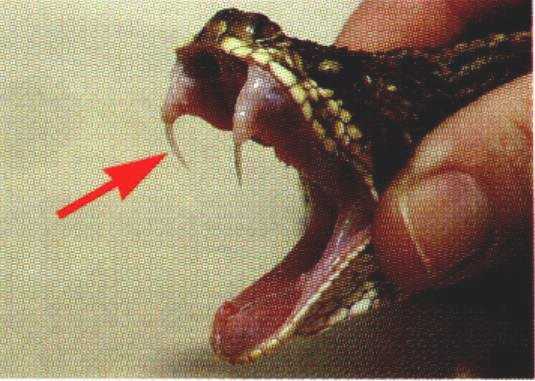
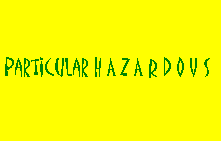
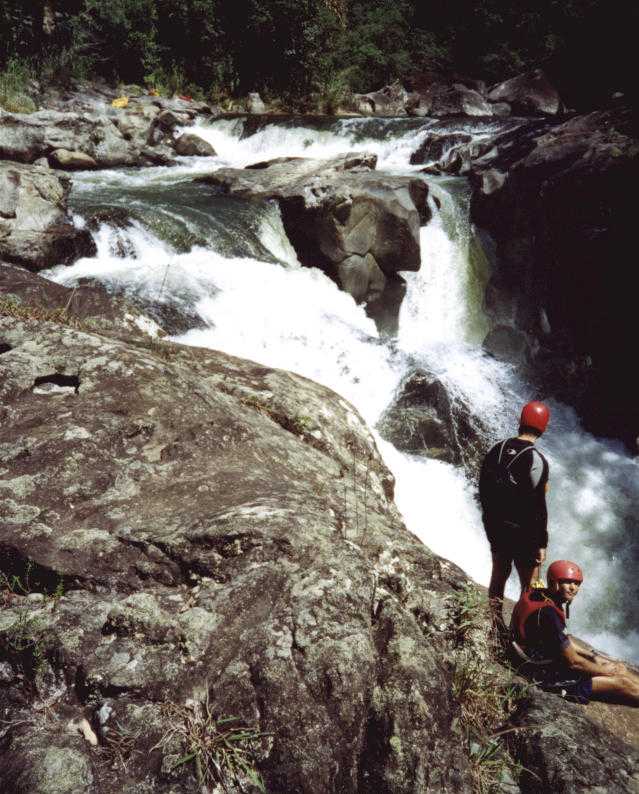
White Water in Brazil has some particular hazards. Even though, if dangerous situations are rare, you should be aware of it:
Snakes
*) Source:
Secretaria de Estado da Saúde (PR)
Pictures: Venilton Küchler
Un-poisonous Snakes
These are more common in the north of Brazil. They are nice and graceful animals which you like to touch and stroke - but take care :
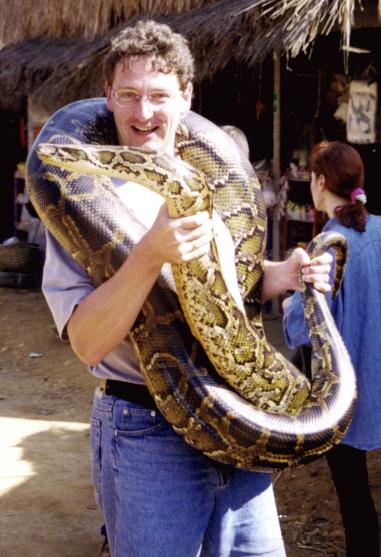
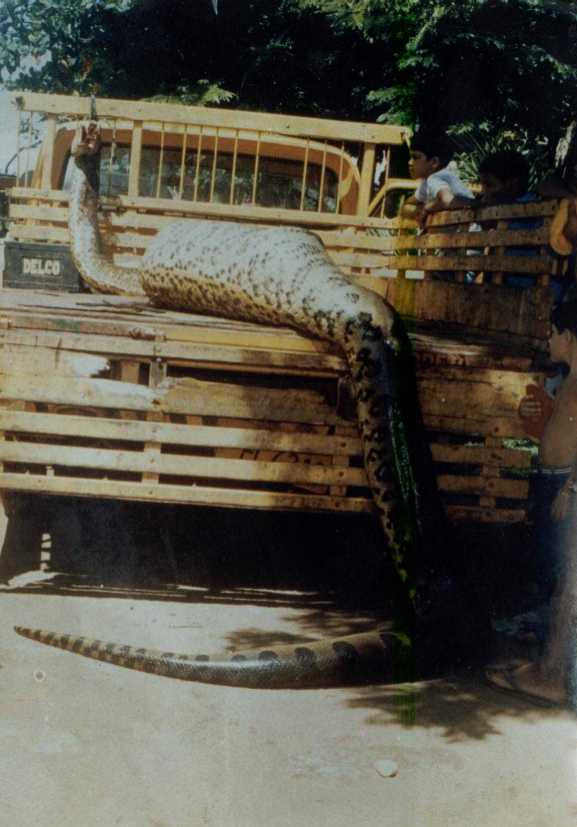
before... later...
Poisonous Snakes *)
These are more nasty, as they are smaller and good camouflaged. Here the most common species:
Bothrops - Size between 0,4 until 2,0 m. The color varies between green and black. The preferred places are in and around the water, and in forest. In the state of Paraná they are responsible for around 70 % of the snake accidents.

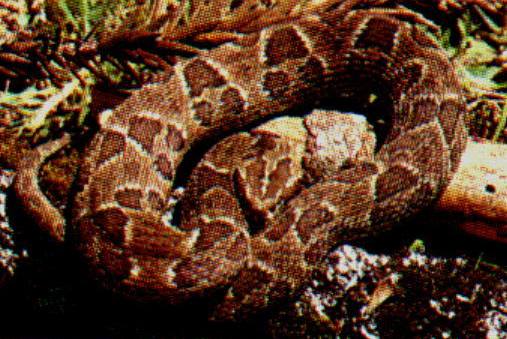
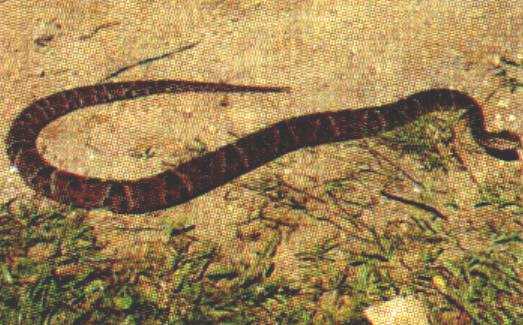
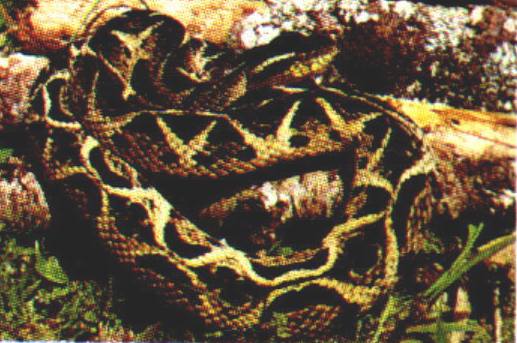
Bothrops alternatus Bothrops cotiara Bothrops jararaca Bothrops jararacussu
Crotalus - better known as Rattle Snakes. They grow up to 1,6 m and are found between the stones at the borders of the rivers (have found one myself there). In the state of Paraná they are responsible for around 11 % of the snake accidents.
Micrurus - the real Coral Snakes. They live in holes in the forests. Accidents are rare as they have small and fix teeth, but they are more poisonous then the other type of snakes, as their poison effects the central nerve system and leads to paralisation of the breath.
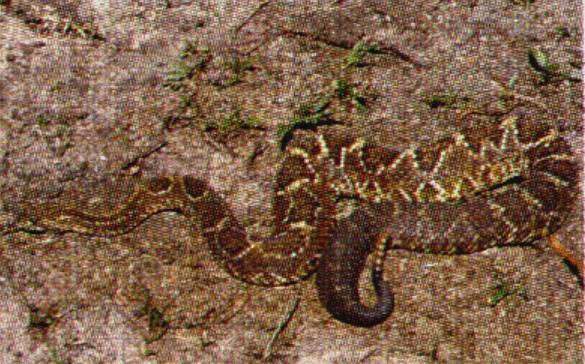
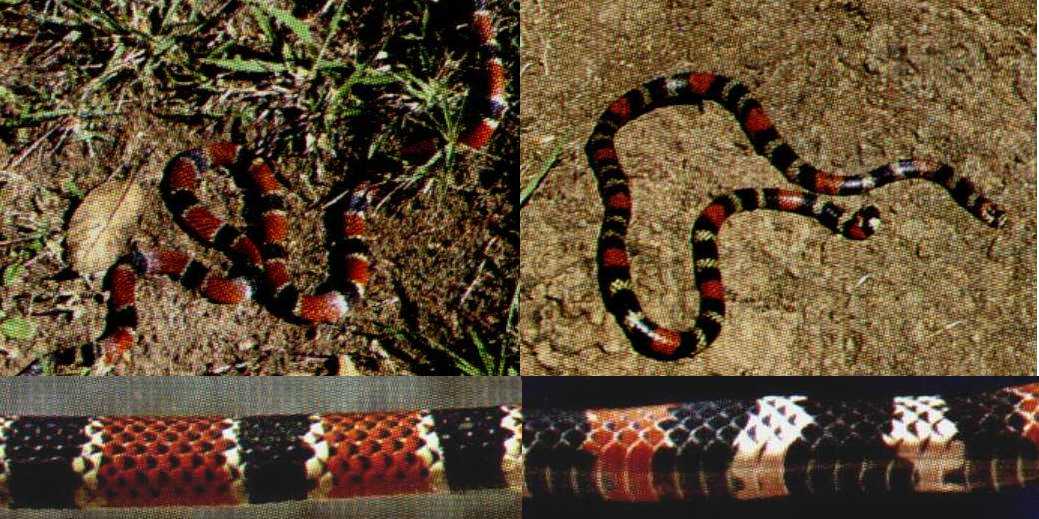
Cortalus durissus terrificus Micrurus corallinus Micrurus frontalis
... in nature, they are as hard to recognize.
Piranhas
![]()

In the Water...
The "real" Piranhas are also found in the southern rivers of Brazil. There, they are normally smaller as in the Amazonas region and they have enough food, so that they do not depend on swimming kayakers. There are no incidents known, of "nibbled" paddlers.
On the Water...
... our best partners.
Beside the Water...
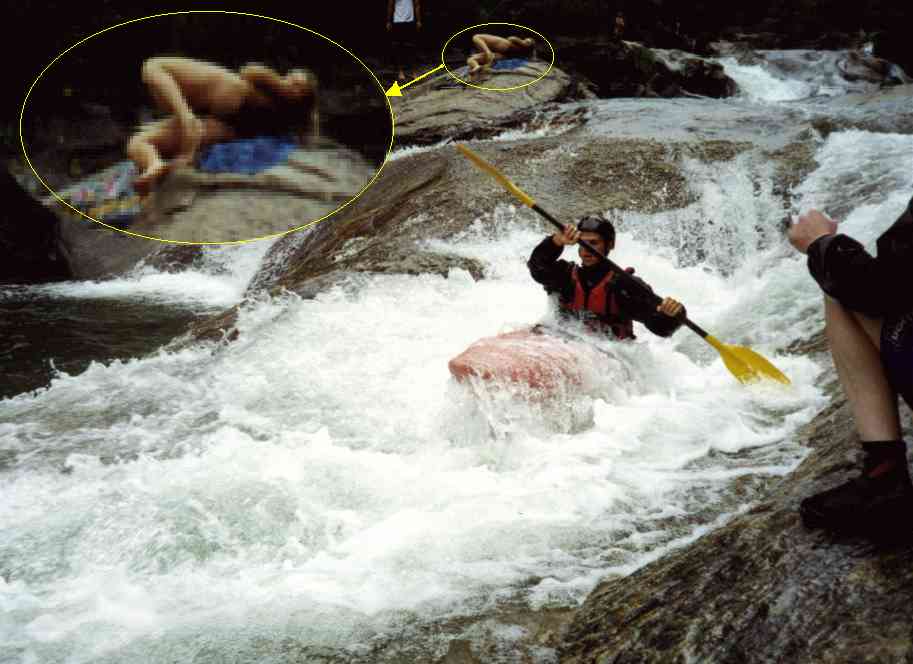
This is the most dangerous species. They threaten kayakers in two ways:
At visual contact beside the river, they take away the concentration of the kayaker, who in consequence may miss the line - in strong rapids this may be fatal.
At direct contact it occurs that they start to bite and do not release their victim anymore. Usually this is influencing the kayaker in a very negative way, which may lead to the sudden disappearance of important paddle buddies when you want to get into the river...
... which may become uncomfortable and should be avoided: *)
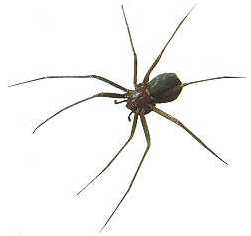
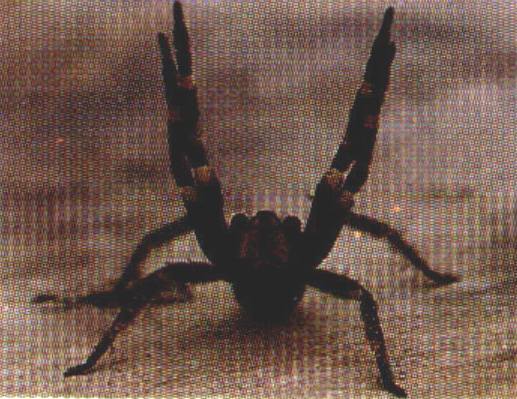
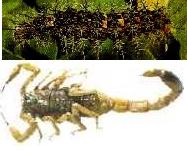
Loxosceles intermedia Phoneutria nigriventer Lonomia sp/Tityus serrulatus
A special plague are the Borrachudos. This is a type of mosquito whose bites are very annoying and long lasting. Best protection is to get out of the water before 16:00 or wear long cloth (but this may cause a heatstroke...)
As they always wake up the latent vanity of the people, you should always make shure, theat there is no photographer near to your safety team...
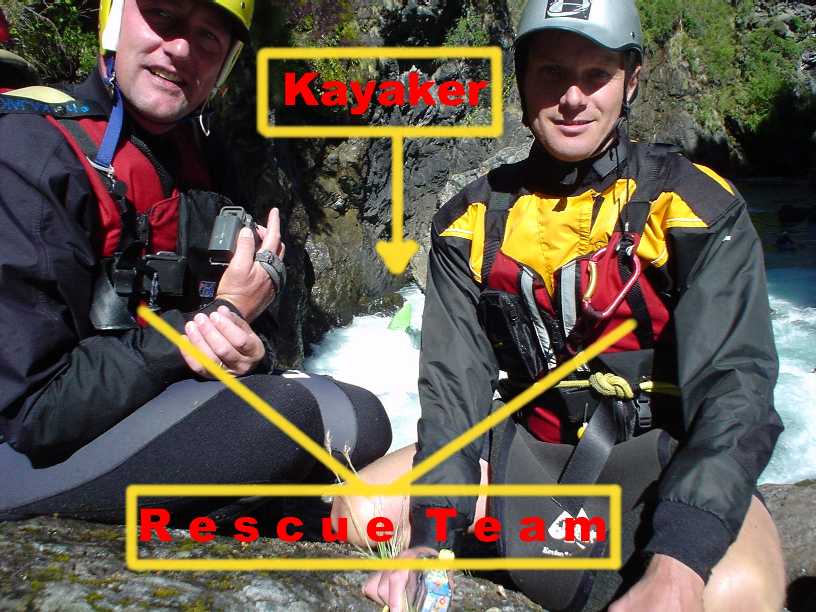
Unfortunately, due to the geological formation, a lot of the drops and waterfalls are not "clean" . So you have to scout very well to avoid any contact with hidden stones who may force you to kiss your front deck. Apart from that, you should remember, that the rivers are far away from external help - so the full safety gear is a must (first aid kit, rope, rolls, knife, whistle,...)
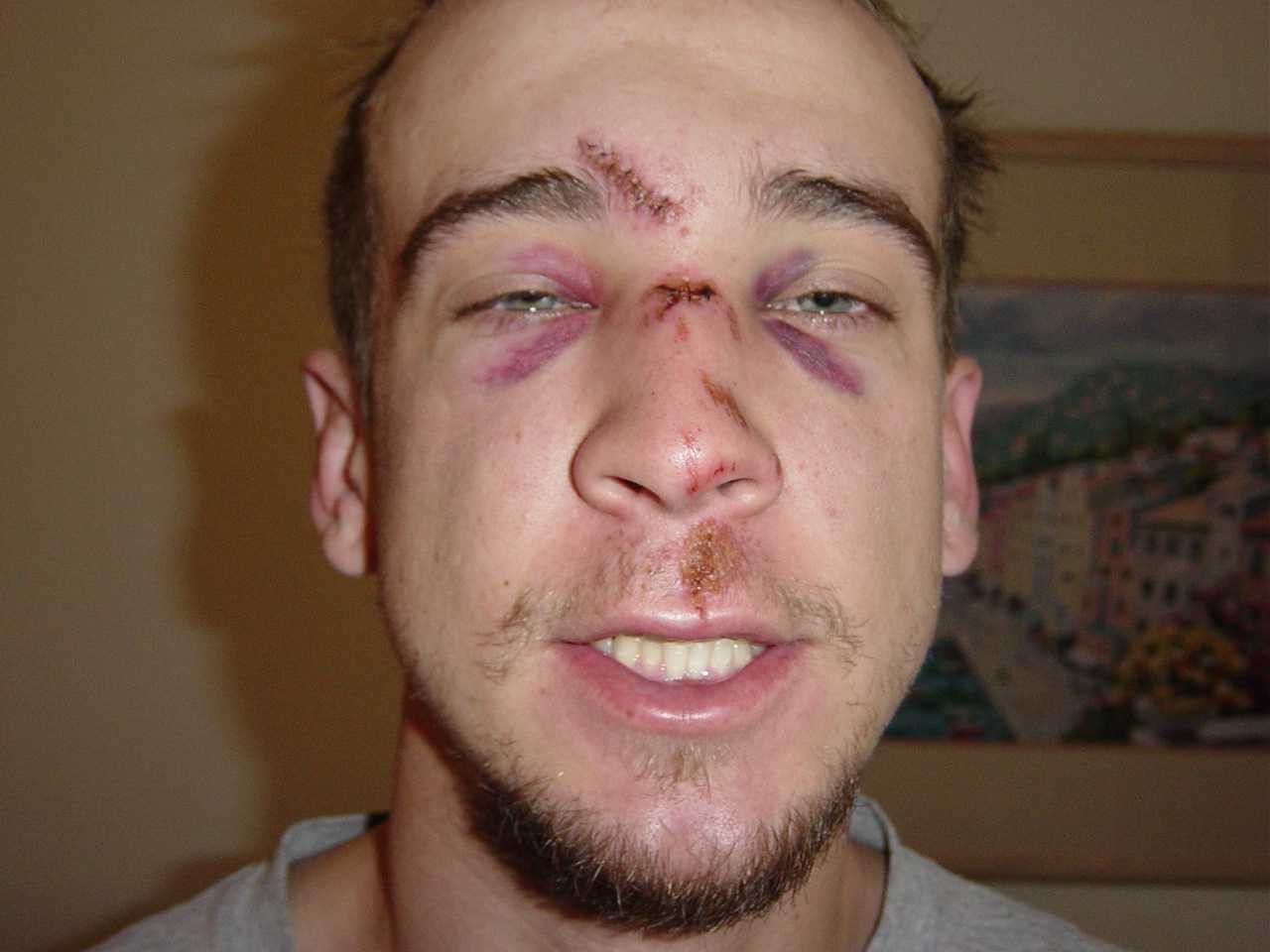
Nick - did not scout good enough A "stick" accident - without rope & rolls, no chance to
(but in California- Photo by Nick Smotek) save the boat.